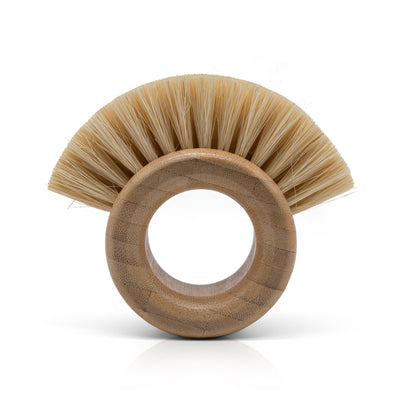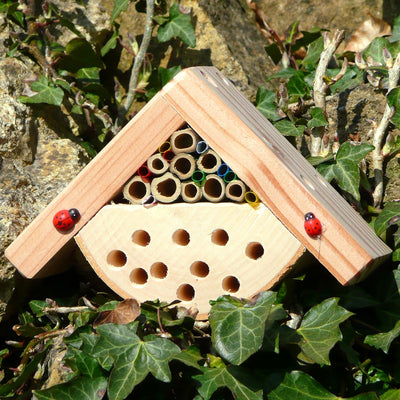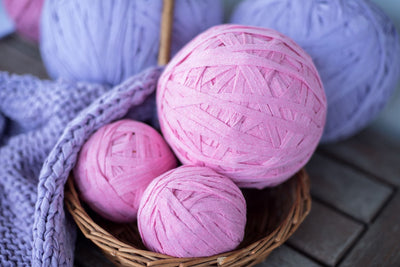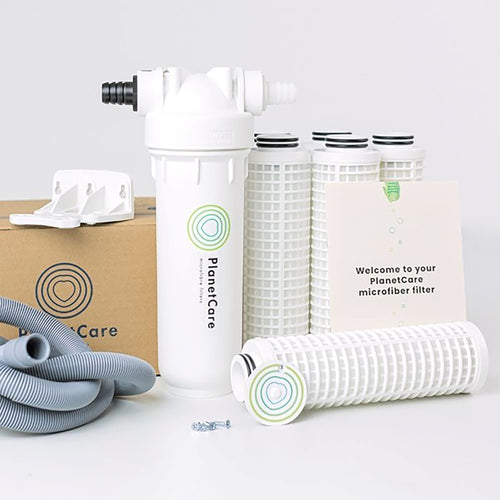It has been a wee while since we last updated you on our Buy Land Plant Trees progress – and progress we have most definitely made! For those of you that are new to The Flock, Buy Land Plant Trees is our Community Interest Company where we buy land and plant trees on it (surprise, surprise). Although very small scale, our philosophy is ‘think global, act local’ so we are doing our bit to help the planet and our community. We have a seven-acre field where we have planted 9,000 trees, a thirteen-acre field where we have planted 25,000 trees and last year, we bought the land on Low Fell near Loweswater in the Lake District which totals about 160 acres.
From every purchase made with Chimney Sheep, a proportion of the profits goes towards the project. As our loyal customers, we like to update you on what we’ve been up to, so you can see what your money has gone towards.
The last few months have been focused on getting the planting started at Low Fell which has been very exciting and our biggest project to date. We, of course, chose the winter to get started, so the conditions have been rather tough at times!
For those of you that read our last update, you may remember us saying our immediate priority was to sort the fences out, as the existing fencing had been flattened. Our neighbours’ sheep took it upon themselves to start grazing and were having a lovely time feasting on our delicious heather, bilberry, gorse (yes, they even chomp gorse!) and grass. Although we love sheep, we really wanted to be able to give the land a rest from grazing to let all of the vegetation recover and grow. The terrain is really quite steep, boggy, uneven and rocky, which means it’s not ideal for grazing anyway, so it lends itself to being restored for nature.
In December, we put 1.8km of fencing in. With the terrain being extremely challenging, we went for metal fencing due to its hardiness. We most definitely don’t want to have to put another one in our lifetime! Even the fencer said it was the most difficult job he’s ever done. It was a big job, but we got it done and the fence looks rather smart!
Whilst the fence was being erected, we decided to crack on with planting. Over the last couple of months, we have managed to plant 16,500 trees, including 642 from all the orders over our Green Friday weekend. An extra 600 oaks were kindly donated to us which we planted with some local volunteers over a few days. The other 15,900 trees were planted by professionals as they can plant an awful lot quicker than we can. It really is back-breaking work! You can have a look at some photos of the trees on the Buy Land Plant Trees Facebook page.
Looking ahead, our plan is to plant another 16,000 trees or so before the end of the planting season, which is towards the end of March. It might be a bit tight, but we are determined to get it done!
We’ll be planting lots more willow in the wetter areas on the land. This will slow the flow of water coming from Crab Tree beck and contribute towards flood alleviation. We’ll also be planting a lot of scrub including hawthorn, birch and crab apple. Planting lots of scrub means that when we come to planting bigger trees, we won’t have to use plastic tree guards because the scrub will act as natural protection. Doing this will create a natural-looking woodland with varying canopy levels. Nature would eventually do this anyway, but we are helping it get there a little faster. Otherwise, it would take hundreds of years for the trees to find their way back onto Low Fell, due to the lack of surrounding seed sources.
Our next project will be starting the restoration process of the peat bog at Low Fell which we are VERY excited about!
As always, a huge thank you to you for all of your purchases. Without them, we wouldn’t be able to do any of this.
That’s all for now, but we’ll keep you updated.
Sally
FOLIAGE FOCUS
Rowan (Sorbus aucuparia)
Amongst our newly planted trees, we have planted a cluster of Rowans in honour of a very special arrival to the Chimney Sheep team. Two of our long-serving Chimney Sheepers, Jose and Taylor, welcomed a beautiful baby boy named Rowan in September. It felt only right that our foliage focus went to the Rowan tree to celebrate his arrival
Factbox:
- Rowan trees are beautiful native trees. They produce white flowers in the spring and bright red berries in autumn (which birds love to feast on).
- Rowans are of great value to wildlife – the leaves are eaten by caterpillars, the flowers provide pollen and nectar to bees and birds find the autumn berries delicious. The birds are also good at delivering them to new places with a plop of manure.
- We’ve planted a lot of these as these are good for colonising new areas.
- Mature Rowans can grow to 15m in height and can live for up to 200 years.
- The bark is smooth and silvery grey, and leaf buds are purple and hairy.
- The leaves are pinnate (like a feather), comprising 5–8 pairs of leaflets, plus one ‘terminal’ leaflet at the end.
- Also known as mountain ash, Rowan trees grow very well at high altitudes so are very well suited to Low Fell.
- This tree is steeped in folklore and is seen as the tree of protection because of its bright red berries. The colour red was considered to be the best colour for fighting off evil. In fact, Rowans used to be planted near houses as a protection against witches!
- You can read more about Rowan Trees here.



















